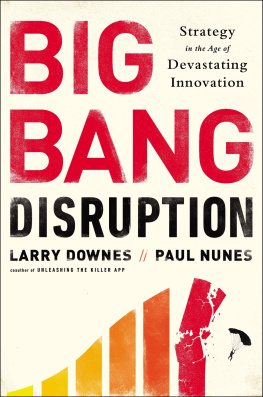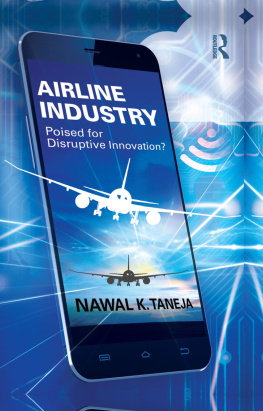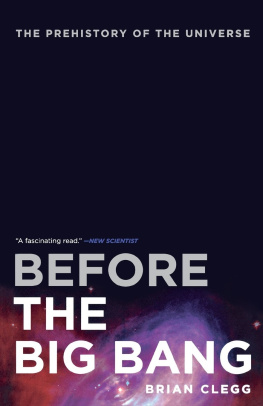A new kind of innovator can wipe out incumbents in a flash.
by Larry Downes and Paul F. Nunes
March 2013. Reprint R1303B. Copyright 2013 Harvard Business School Publishing Corporation. All rights reserved.
Idea in Brief
Disruptive technological innovations have traditionally started out cheap and simple, gradually improving in quality until they challenged incumbents.
New digital platforms such as the smartphone, however, are enabling innovations that offer customers both a better experience and a much lower price, right out of the gate. (Think of free mobile apps superiority to dedicated GPS devices.)
These big-bang disruptions are often unplanned and unintentional. They do not follow conventional strategic paths or normal patterns of market adoption.
To survive them, incumbents need to develop new tools to detect radical change in the offing, new strategies to slow down disrupters, new ways to leverage existing assets in other markets, and a more diversified approach to investment.
By now any well-read executive knows the basic playbook for saving a business from disruptive innovation. Nearly two decades of management research, beginning with Joseph L. Bower and Clayton M. Christensens 1995 HBR article, Disruptive Technologies: Catching the Wave, have taught businesses to be on the lookout for upstarts that offer cheap substitutes to their products, capture new, low-end customers, and then gradually move upmarket to pick off higher-end customers, too. When these disrupters appear, weve learned, its time to act quicklyeither acquiring them or incubating a competing business that embraces their new technology.
But the strategic model of disruptive innovation weve all become comfortable with has a blind spot. It assumes that disrupters start with a lower-priced, inferior alternative that chips away at the least profitable segments, giving an incumbent business time to start a skunkworks and develop its own next-generation products.
That advice hasnt been much help to navigation-product makers like TomTom, Garmin, and Magellan. Free navigation apps, now preloaded on every smartphone, are not only cheaper but better than the stand-alone devices those companies sell. And thanks to the robust platform provided by the iOS and Android operating systems, navigation apps are constantly improving, with new versions distributed automatically through the cloud.
The disruption here hasnt come from competitors in the same industry or even from companies with a remotely similar business model. Nor did the new technology enter at the bottom of a mature market and then follow a carefully planned march through larger customer segments. Users made the switch in a matter of weeks. And it wasnt just the least profitable or underserved customers who were lured away. Consumers in every segment defected simultaneouslyand in droves.
That kind of innovation changes the rules. Were accustomed to seeing mature products wiped out by new technologies and to ever-shorter product life cycles. But now entire product lineswhole marketsare being created or destroyed overnight. Disrupters can come out of nowhere and instantly be everywhere. Once launched, such disruption is hard to fight.
We call these game changers big-bang disrupters. They dont create dilemmas for innovators; they trigger disasters.
In this new era, strategy needs a rethink. Weve spent the past 15 years studying disruptive technologies and are now completing a multi-industry survey of those that defy the accepted wisdom. Weve found that big-bang disruptions are unplanned and unintentional. They do not follow conventional strategic paths or normal patterns of market adoption. And while theres not a lot of evidence yet on how incumbents can survive them, we offer some strategic principles that we think can help.
A Difference in Kind
The first key to survival is understanding that big-bang disruptions differ from more-traditional innovations not just in degree but in kind. Besides being cheaper than established offerings, theyre also more inventive and better integrated with other products and services. And today many of them exploit consumers growing access to product information and ability to contribute to and share it.
In the age of Facebook, Twitter, and Tumblr, internet fads (or memes) can infect the whole world in a matter of days. Products can, too. An ad-supported version of the game Angry Birds was downloaded over a million times in the first 24 hours it was available on Android devices. (That number might have been even higher had the enthusiastic response not crashed the developers servers.) Seven months later the game had been downloaded more than 200 million times.
Upstart products and services in a slew of industries have likewise grown fast enough to leave incumbents gasping. Consider CampusBookRentals and Khan Academy in education, Pandora and Spotify in radio and recorded music, Skype and FaceTime in voice and video calling, and Square in mobile credit-card processing. These offerings lightning-fast adoption is a function of near-perfect market information. Wherever customers are, mobile devices let them search a wide range of specialized data sourcesincluding online sites like Yelp, TripAdvisor, Amazon, and other free databases of user-generated reviewsto find the best price and quality and the next new thing.
The shock waves from big-bang disruptions emanate far beyond information-based goods and services. Food and cars, for example, cant be replaced by smartphone apps. But restaurants now depend on online reservations, customer-generated reviews, coupons delivered through mobile devices, and location-based services to drive business. In automobiles, information technology powers sophisticated dashboard systems and, in the not-too-distant future, may control self-driving cars.
But perhaps the biggest challenge to incumbents is that big-bang innovations come out of left field, combining existing technologies that dont even seem related to your offerings to achieve a dramatically better value proposition. Big-bang disrupters may not even see you as competition. They dont share your approach to solving customer needs. And theyre not sizing up your product line and figuring out ways to offer slightly better price or performance with hopes of gaining a short-term advantage. Usually, theyre just tossing something shiny in the direction of your customers, hoping to attract them to a business thats completely different from yours.
When digital image technology first infiltrated consumer photography, for example, its developers werent aiming to destroy the film industry. But they did. When President Clinton declassified high-quality GPS data, in 2000, it wasnt because map publishers were clamoring to create better navigation aids. Someone elsein electronicssaw that possibility.
Or recall how Jeff Bezos decided to enter the book business. E-commerce, he realized, was the natural solution for a fragmented market with an enormous number of SKUs; a small, shippable product; and a stable supply chain characterized by many sellers served by a few dominant middlemen. He settled on books not because he had any expertise in publishing but because books were a coldly rational choice. They fit the tool he wanted to apply.
Competitors like that can blindside you. They do not simply create the need for faster strategy formulation and execution, and more-effective operations. They create a need for entirely new innovation, strategy, and go-to-market approaches.











